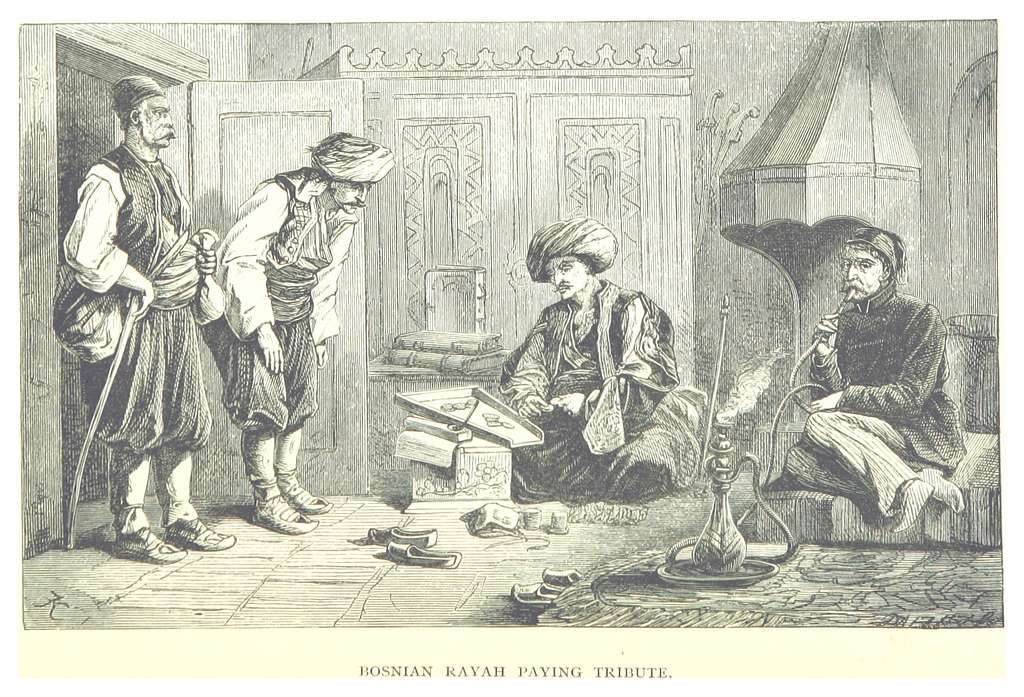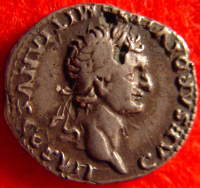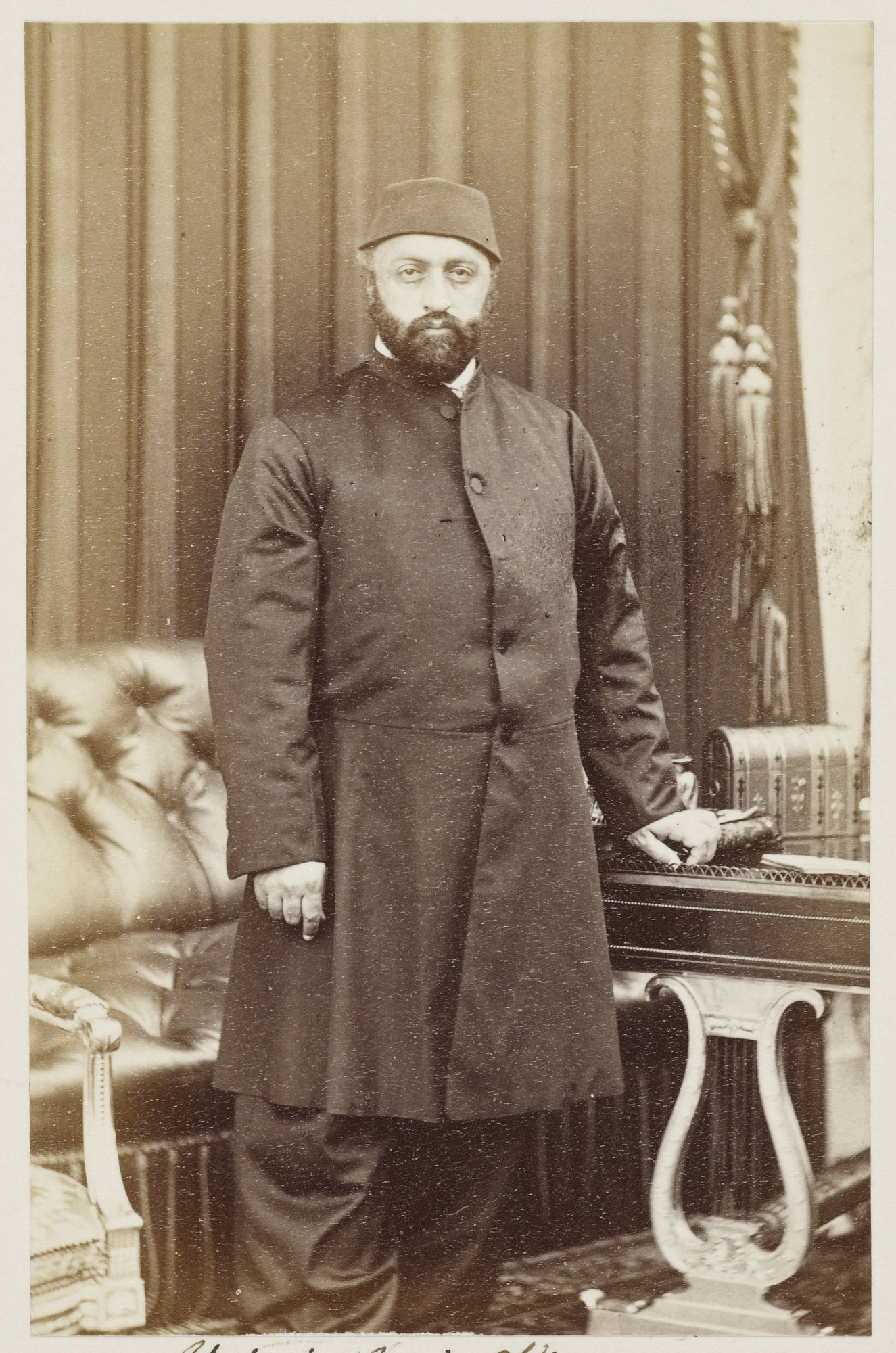|
Manghir
The ''manghir'' (; ; ) was an Ottoman Empire, Ottoman copper coin introduced first during the reign of sultan Murad I (). Etymology The word ''manghir'' comes from the Mongolian language, Mongolian word ''mungun''/''mongon'' (see wikt:мөнгө#Mongolian, wikt:мөнгө), meaning "cash". It is also written as ''mangur'', ''mankur'' and ''mankır''. In the Ottoman realm, it was called "red ''manghir''" due to its color, and in the common tongue it was also called ''Pūl (coin), pul''. In the Islamic world, ''manghir'' is mostly used for Ottoman copper coins. History Attestation It is not known when the first ''manghirs'' were minted in the Ottoman Empire. Although it is claimed that the first copper coin was minted during the time of Orhan, the first Ottoman copper coins that have survived to the present day belong to Murad I. The first copper coin with a tughra was minted by Süleyman Çelebi (). Value During the period from Murad II to Suleiman II of the Ottoman Empire, Sul ... [...More Info...] [...Related Items...] OR: [Wikipedia] [Google] [Baidu] |
Pūl (coin)
Pūl (Russian: , Tatar: پول) was a historical currency that circulated in Russian Turkestan. Pūls were used in Golden Horde, Afghanistan, Bukhara, Chagatai Khanate, Kokand Khanate, Dzungar Khanate, and other Eurasian principalities, it was a copper coin of very small denomination, 1/60 of an altyn. Etymology From Middle Persian *pōl, Borrowing from Ancient Greek ὀβολός (obolós). In the Golden Horde In the Golden Horde pūl coins were officially set to a rate of 16 pūls per ''dannik'' as was escribed on many pūl coins, and were often struck by banks at the request of private customers who exchanged their raw copper for coins. The Khans, and their financial advisors often manipulated the market value of pūls by issuing new coins with the inscription “a new pūl” while declaring all other pūls in circulation to no longer be valid media of exchange, and the population was forced to exchange their old pūl coins for new ones. Generally speaking the newer pū ... [...More Info...] [...Related Items...] OR: [Wikipedia] [Google] [Baidu] |
Akçe
The ''akçe'' or ''akça'' (anglicized as ''akche'', ''akcheh'' or ''aqcha''; ; , , in Europe known as '' asper'') was a silver coin mainly known for being the chief monetary unit of the Ottoman Empire. It was also used in other states including the Anatolian Beyliks, the Aq Qoyunlu, and the Crimean Khanate. The basic meaning of the word is "silver" or "silver money", deriving from the Turkish word () and the diminutive suffix . Three s were equal to one . One-hundred and twenty 's equalled one . Later after 1687 the ' became the main unit of account, replacing the . In 1843, the silver ' was joined by the gold lira in a bimetallic system. Its weight fluctuated; one source estimates it between 1.15 and 1.18 grams. The name ' originally referred to a silver coin but later the meaning changed and it became a synonym for money. The mint in Novo Brdo, a fortified mining town in the Serbian Despotate rich with gold and silver mines, began to strike ' in 1441 when it was captur ... [...More Info...] [...Related Items...] OR: [Wikipedia] [Google] [Baidu] |
Murad I
Murad I (; ), nicknamed ''Hüdavendigâr'' (from – meaning "Head of state, sovereign" in this context; 29 June 1326 – 15 June 1389) was the sultan of the Ottoman Empire from 1362 to 1389. He was the son of Orhan Gazi and Nilüfer Hatun. Murad I came to the throne after his elder brother Süleyman Pasha (son of Orhan), Süleyman Pasha's death. Murad I Ottoman conquest of Adrianople, conquered Adrianople in 1360s and made it the new capital of the Ottoman Sultanate. Then he further expanded the Ottoman realm in Southern Europe by bringing most of the Balkans under Ottoman rule, and forced the princes of Serbian Empire, Serbia and Second Bulgarian Kingdom, Bulgaria as well as the Byzantine Empire, Byzantine emperor John V Palaiologos to pay him tribute. Murad I administratively divided his sultanate into the two provinces of Anatolia Eyalet, Anatolia (Asia Minor) and Rumelia Eyalet, Rumelia (the Balkans). Titles According to the Ottoman sources, Murad I's titles included ''Bey' ... [...More Info...] [...Related Items...] OR: [Wikipedia] [Google] [Baidu] |
Rayah
A raiyah or reaya (from , a plural of "countryman, animal, sheep pasturing, subjects, nationals, flock", also spelled ''raiya'', ''raja'', ''raiah'', ''re'aya''; , ; Modern Turkish ''râiya'' or ''reaya''; related to the Arabic word ''rā'ī'' راعي which means "shepherd, herdsman, patron") was a member of the tax-paying lower class of Ottoman society, in contrast to the askeri and kul. The raiyah made up over 90% of the general population in the millet communities. In the Muslim Muslims () are people who adhere to Islam, a Monotheism, monotheistic religion belonging to the Abrahamic religions, Abrahamic tradition. They consider the Quran, the foundational religious text of Islam, to be the verbatim word of the God ... world, raiyah is literally ''subject'' of a government or sovereign. The raiyah (literally 'members of the flock') included Christians, Muslims, and Jews who were 'shorn' (''i.e.'' taxed) to support the state and the associated 'professional Ott ... [...More Info...] [...Related Items...] OR: [Wikipedia] [Google] [Baidu] |
Face Value
The face value, sometimes called nominal value, is the value of a coin, bond, stamp or paper money as printed on the coin, stamp or bill itself by the issuing authority. The face value of coins, stamps, or bill is usually its legal value. However, their market value need not bear any relationship to the face value. For example, some rare coins or stamps may be traded at prices considerably above their face value. Coins may also have a salvage value due to more or less valuable metals that they contain. Overview The face value of bonds usually represents the principal or redemption value. Interest payments are expressed as a percentage of face value. Before maturity, the actual value of a bond may be greater or less than face value, depending on the interest rate payable and the perceived risk of default. As bonds approach maturity, actual value approaches face value. In the case of stock certificates, face value is the par value of the stock. In the case of common stoc ... [...More Info...] [...Related Items...] OR: [Wikipedia] [Google] [Baidu] |
Abdulhamid II
Abdulhamid II or Abdul Hamid II (; ; 21 September 184210 February 1918) was the 34th sultan of the Ottoman Empire, from 1876 to 1909, and the last sultan to exert effective control over the fracturing state. He oversaw a Decline and modernization of the Ottoman Empire, period of decline with rebellions (particularly in the Balkans), and presided over Russo-Turkish War (1877–1878), an unsuccessful war with the Russian Empire (1877–78), the loss of Anglo-Egyptian War, Egypt, Cyprus Convention, Cyprus, Congress of Berlin, Bulgaria, Serbia, Montenegro, French conquest of Tunisia, Tunisia, and Convention of Constantinople (1881), Thessaly from Ottoman control (1877–1882), followed by a successful Greco-Turkish War (1897), war against Greece in 1897, though Ottoman gains were tempered by subsequent Western European intervention. Elevated to power in the wake of Young Ottomans, Young Ottoman 1876 Ottoman coup d'état, coups, he promulgated the Constitution of the Ottoman Empire, ... [...More Info...] [...Related Items...] OR: [Wikipedia] [Google] [Baidu] |
Para (currency)
The ''para'' (; from , meaning 'piece') was a term given to former currencies of the Ottoman Empire, Turkey, Egypt, Montenegro, Albania and Yugoslavia and is the current subunit, although rarely used, of the Serbian Serbian dinar, dinar. In 1524, the Ottoman law code of Egypt (kanunname) referred to the Mamluk Egyptian coin ''medin'' as ''pare'' and set its value as dirham. Since 1640 the value of para was settled relative to Ottoman currency, at 3 ''akçe''. In the 16th and 17th centuries ''pare'' were minted in many parts of the empire, in Asia and north Africa. In 1688 the Ottoman ''kuruş'' was introduced, equalling 40 ''para''. In 1844, a ''kuruş'' was, in turn, of the newly introduced Ottoman lira. The modern Turkish lira is only divided into . In Serbia, the has been the subunit of the dinar since the 19th century. The Montenegrin perper was subdivided into 100 during its brief existence between 1906 and 1918. In Albania, the was used as a currency before the intro ... [...More Info...] [...Related Items...] OR: [Wikipedia] [Google] [Baidu] |
Coin Counterfeiting
Coin counterfeiting of valuable antique coins is common; modern high-value coins are also counterfeited and circulated.Coin Counterfeiting , Counterfeit Coins (2007-26-09) Counterfeit antique coins are generally made to a very high standard so that they can deceive experts. This is not easy and many coins still stand out. History Counterfeits of higher-value coins in circulation, designed for general circulation at face value, have been made by criminals for thousands of years.Circulating coins For modern coins in general circulation, the most common method of protection from forgeries is the use of bi-metallic coins made of two |
Küre, Kastamonu
Küre is a town in the Kastamonu Province in the Black Sea Region, Black Sea region of Turkey. It is the seat of Küre District.İlçe Belediyesi Turkey Civil Administration Departments Inventory. Retrieved 1 March 2023. Its population is 2,522 (2021). The town lies at an elevation of . Geography It is a small forest town. It was established in a valley between two mountains, at an altitude of approximately 1,500 m. It is on the Kastamonu - Inebolu road. It is 60 km from Kastamonu and 30 km from Inebolu . The main source of income of the people is the copper mine operation in the district and forestry .References Populated places in Kastamonu Province, Kure Küre District District municipalities in Turkey {{Kastamonu-geo-stub ...[...More Info...] [...Related Items...] OR: [Wikipedia] [Google] [Baidu] |
Gümüşhane
Gümüşhane () is a city in the Black Sea Region of Turkey. It is the seat of Gümüşhane Province and Gümüşhane District.İl Belediyesi Turkey Civil Administration Departments Inventory. Retrieved 1 March 2023. Its population is 39,214 (2022). The city lies along the Harşit River, about southwest of Trabzon. The city lies at an elevation of . History It is suggested that the ancient Thia ( in , a settlement of Roman, Late Roman and |
Battle Of Vienna
The Battle of Vienna took place at Kahlenberg Mountain near Vienna on 1683 after the city had been besieged by the Ottoman Empire for two months. The battle was fought by the Holy Roman Empire (led by the Habsburg monarchy) and the Polish–Lithuanian Commonwealth, both under the command of King John III Sobieski, against the Ottomans and their vassal and tributary states. The battle marked the first time the Commonwealth and the Holy Roman Empire had cooperated militarily against the Ottomans. The defeat was a turning point for Ottoman expansion into Europe, after which they would gain no further ground. In the ensuing war that lasted until 1699, the Ottomans would cede most of Ottoman Hungary to Leopold I, Holy Roman Emperor. The battle was won by the combined forces of the Holy Roman Empire and the Polish–Lithuanian Commonwealth, the latter represented only by the forces of the Crown of the Kingdom of Poland (the march of the Lithuanian army was delayed, and they reached ... [...More Info...] [...Related Items...] OR: [Wikipedia] [Google] [Baidu] |
Abdulaziz
Abdulaziz (; ; 8 February 18304 June 1876) was the sultan of the Ottoman Empire from 25 June 1861 to 30 May 1876, when he was overthrown in a government coup. He was a son of Sultan Mahmud II and succeeded his brother Abdulmejid I in 1861. Abdulaziz's reign began during the Ottoman Empire's resurgence following the Crimean War and two decades of the Tanzimat reforms, though it was still reliant on European capital. The decade after his accession was dominated by the duo of Fuad Pasha and Aali Pasha, who accelerated reorganization of the Empire. The Vilayet Law was promulgated, Western codes were applied to more aspects of Ottoman law, and the millets were restructured. The issue of Tanzimat dualism continued to plague the empire, however. He was the first Ottoman sultan who traveled to Western Europe in a diplomatic capacity, visiting a number of important European capitals including Paris, London, and Vienna in the summer of 1867. With Fuad and Aali dead by 1871, Abdul Az ... [...More Info...] [...Related Items...] OR: [Wikipedia] [Google] [Baidu] |








